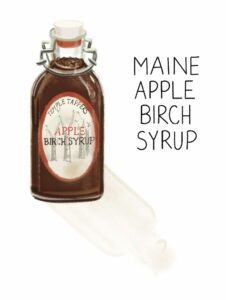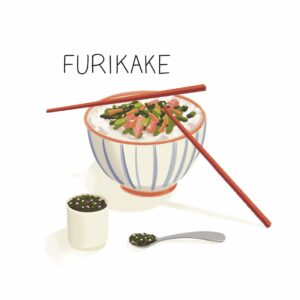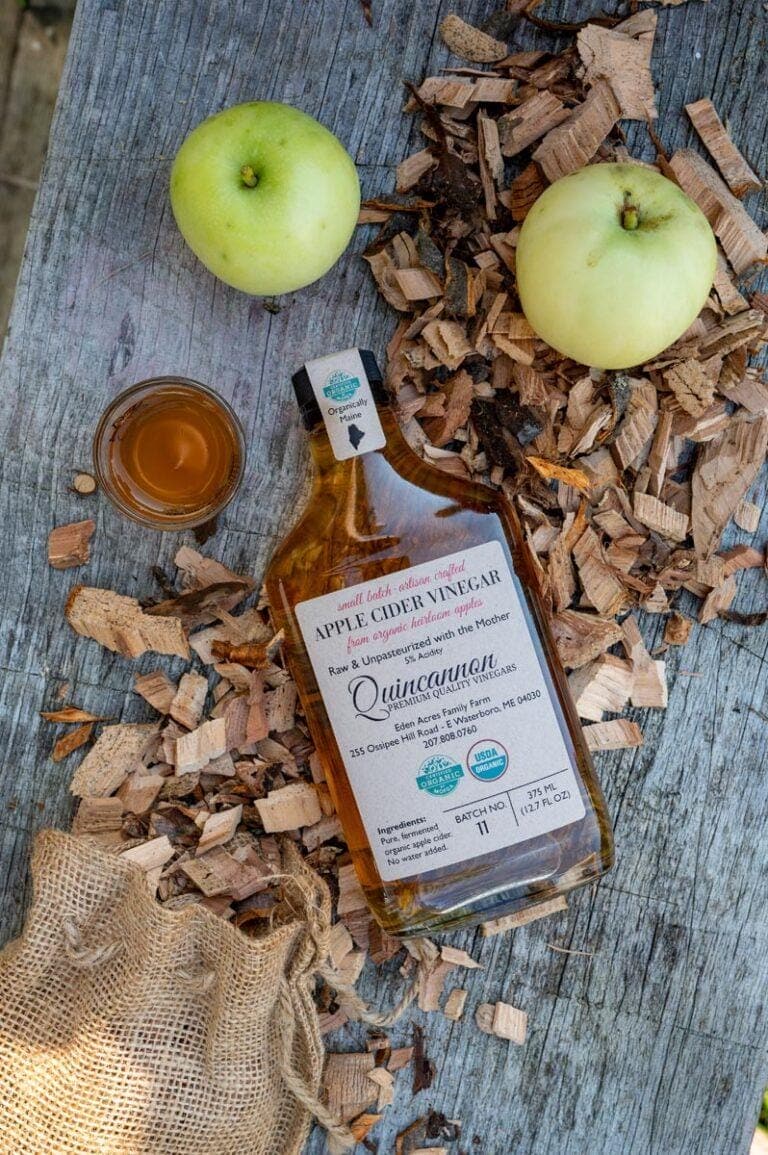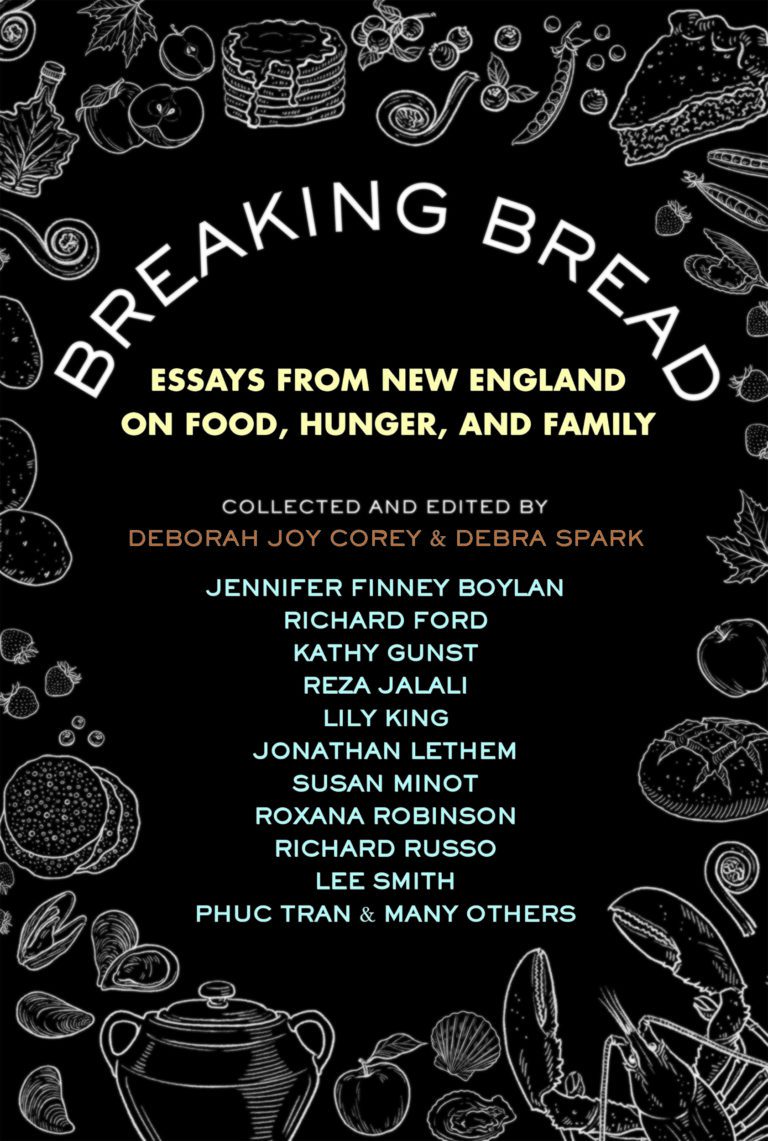Waste not, want not. It’s a basic tenet for sourcing, cooking, and eating sustainably. Here, the edible MAINE staff serves up ways to use up any special ingredients the recipes in this issue may have brought into your kitchen.

Birch Apple Syrup
Birch syrup is maple syrup’s spicier cousin. It’s also pricier because it takes 60 gallons of birch sap (compared to 40 gallons of maple sap) to make a single gallon of syrup. Temple Tappers, located near Farmington, combines equal parts birch syrup and apple cider syrup for this tangy version. Pour it over ice cream, brush it on grilled meats, and substitute it for the molasses in your favorite hermit cookie recipe.
BIRCH AND APPLE CANDIED BACON
Place 12 pieces of thick, smoky bacon on a rack fitted into a baking sheet lined with aluminum foil. Bake at 350° for 15 minutes. Combine 2 tablespoons brown sugar, 2 tablespoons birch apple syrup, and 1/4 teaspoon cayenne pepper and brush the mixture over the par-cooked bacon. Return the bacon to the oven and cook until it is crispy. Cool completely before serving.

Blood Orange Juice
Blood oranges look like small navel oranges, but their pulp is an alarming red color and the juice is more floral and less acidic. Whole Foods carries bottles of it, but more often shoppers will find whole oranges that need to be fresh squeezed.
BLOOD ORANGE AND SHAVED FENNEL SALAD
Use a sharp knife to cut off the peel and pith of 2 blood oranges. Slice the oranges thinly and spread them on a plate. Top with 2 cups of shaved fennel and drizzle with a dressing made of 1 tablespoon each of lemon juice, blood orange juice, honey, and olive oil. Season with black pepper and flaky salt. Sprinkle with toasted pepitas, hazelnuts, or pistachios.

Furikake
Furikake is a mixture of fish flakes, herbs, salt, seaweeds, and sesame seeds. It gets its name from a Japanese term for sprinkles, because it’s traditionally been scattered liberally over bowls of rice, vegetables, ramen, and steamed fish to add flavor, nutrients, and texture. Westernized uses for the mix include sprinkling it over fried eggs, baked potatoes, pasta, and popcorn. There are myriad commercial products available in Asian groceries, but here’s how you can make your own.
DIY FURIKAKE
In a large skillet, combine 1/3 ounce dried bonito flakes, 1/2 ounce kombu flakes, 1 tablespoon dried laver seaweed flakes, and 1 teaspoon each of sugar, mirin, soy sauce, and toasted sesame oil. Place the skillet over medium heat and cook, stirring constantly until the mixture gets crispy. Add 4 tablespoons sesame seeds and cook until they are toasted. Spread mixture on a plate, cool completely, and toss with 2 tablespoons toasted nori flakes. Store in an airtight container.

Yellow mustard seeds
Sometimes referred to as white mustard seeds, these are milder than pungent brown and black seeds, as well as the ones you’re most likely to find in the grocery store spice aisle. They’re commonly used raw in pickles or ground up to make mustard condiments. You can eat them whole, but cook them first or they will be bitter.
MUSTARD SEED BREAKFAST POTATOES
Combine 1/4 cup olive oil and 1 tablespoon yellow mustard seeds in a skillet. Cover and place over medium-high heat. When the seeds start to pop, lower the heat and stir in 2 pounds diced yellow potatoes, 2 tablespoons water, 1 teaspoon salt, and 1/2 teaspoon black pepper. Cover and cook for 20–25 minutes until potatoes are soft. Stir in 1 tablespoon olive oil and 1/2 teaspoon each of toasted cumin seeds and ground turmeric. Garnish with chopped cilantro.













